The Start of New Beginnings
on Dec 10, 2024With summer in full swing, temperatures are through the roof on some days, but with higher temperatures rain also comes. When the rainy season arrives this also marks the start of the lambing and calving season for some animals we have around our reserve.
Animals like impalas, Blue wildebeests, warthogs and zebras are all giving birth now and this new life attracts lots of challenges for them.
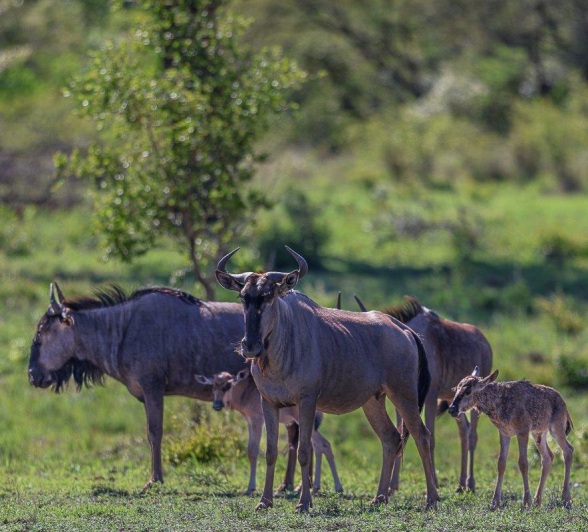
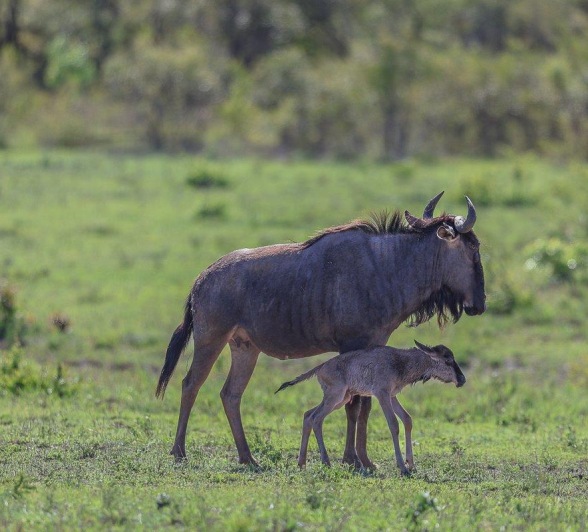
During our winter months, generally from late April to late June, most of these species will mate. When looking at impala, warthog and Blue wildebeest specifically, they have different gestation periods - impalas have a gestation of roughly 6 months, while warthogs only 3 months and Blue wildebeest about 8 months. This means the winter months are very busy for these species as they need to ensure mating takes place and males establish a hierarchy so the more dominant males can mate.
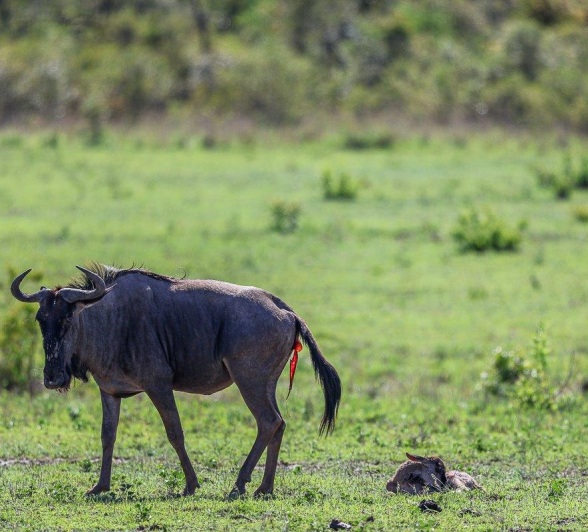
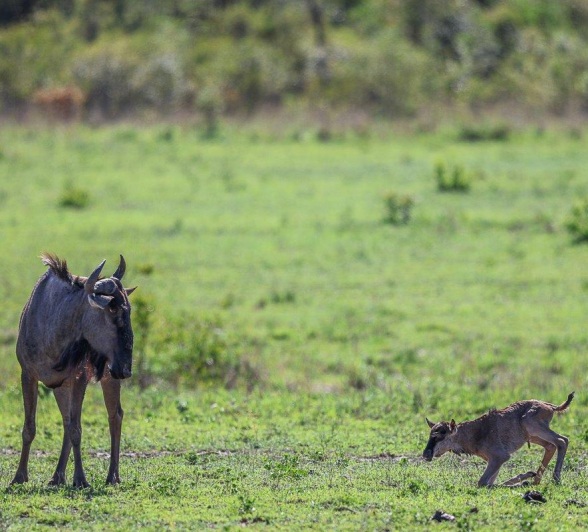
As soon as the first rain arrives and temperatures start rising, the vegetation explodes, ensuring high nutrient value and water availability in most areas. This usually happens around the end of October to the beginning of November and just a few weeks later the first little impalas start popping up and shortly after followed by Blue wildebeest calves and warthog piglets. Most of these animals give birth very closely to each other, ensuring their survival rate is as high as possible. Having lots of babies around for a few weeks means predator activity is high but after a month or two most survivors are already strong and fit enough to keep up with the herds and outrun a predator.
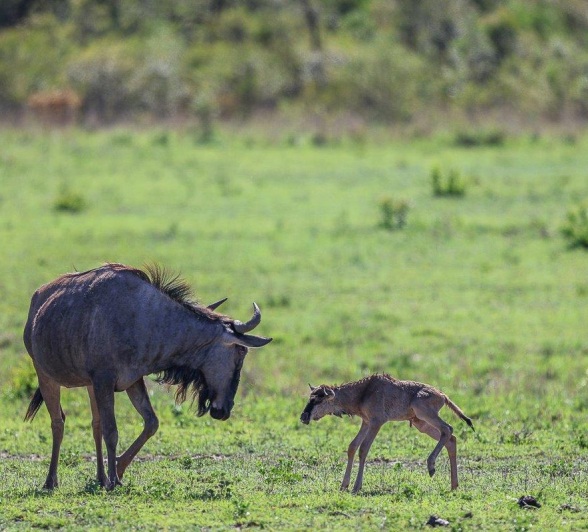
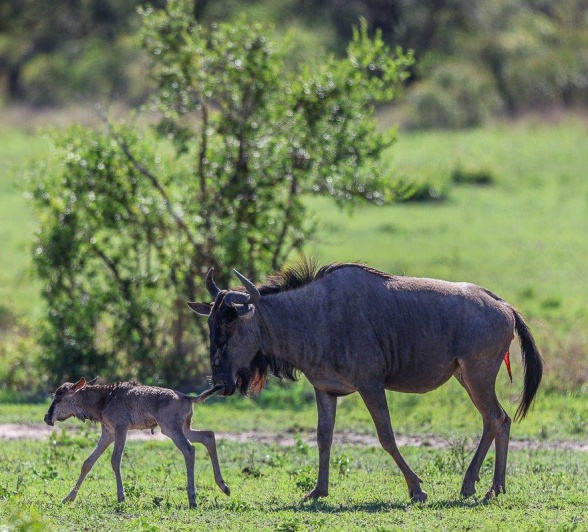
Survival rates vary significantly among the three species mentioned. Impalas exhibit the highest survival rate, initially around 60%, which drops to about 50% after one year. Despite the predation of many lambs, the large population of impalas within our reserve ensures the birth of thousands of lambs, leading to a substantial number of survivors. This high reproductive rate contributes to the impala’s status as one of the most successful antelope species in South Africa.
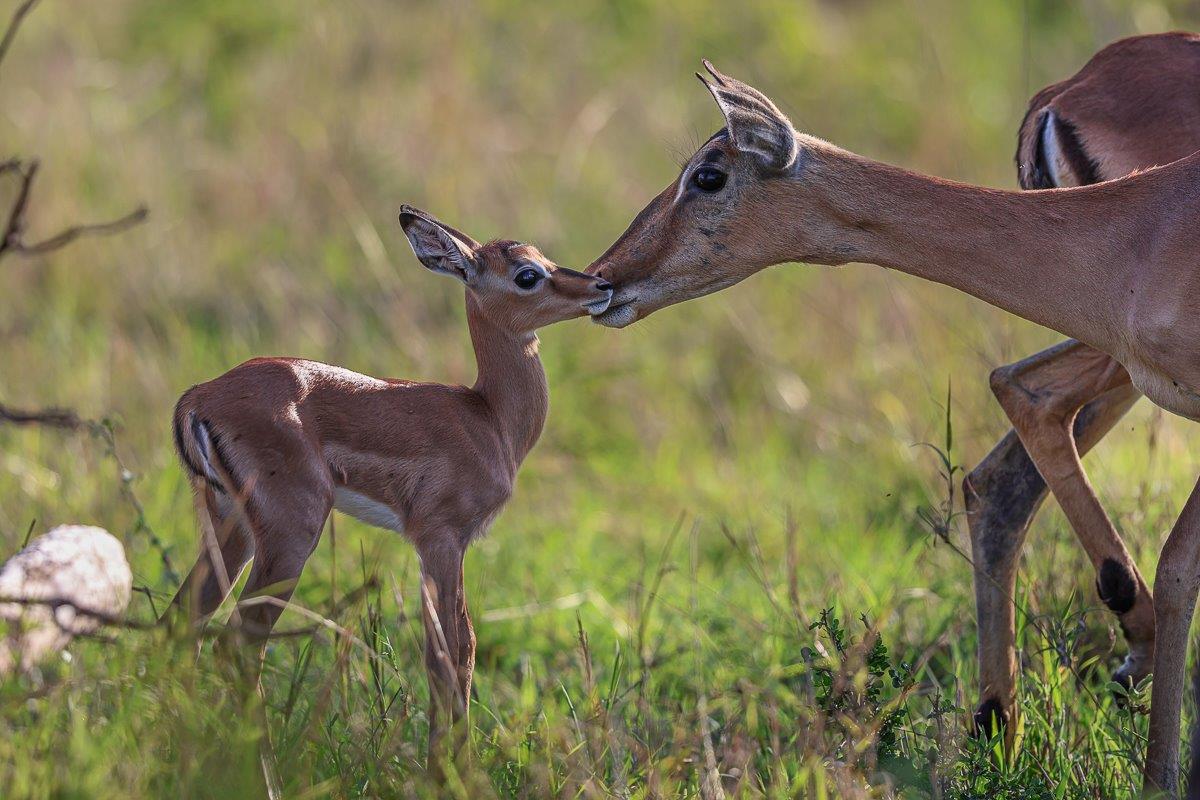
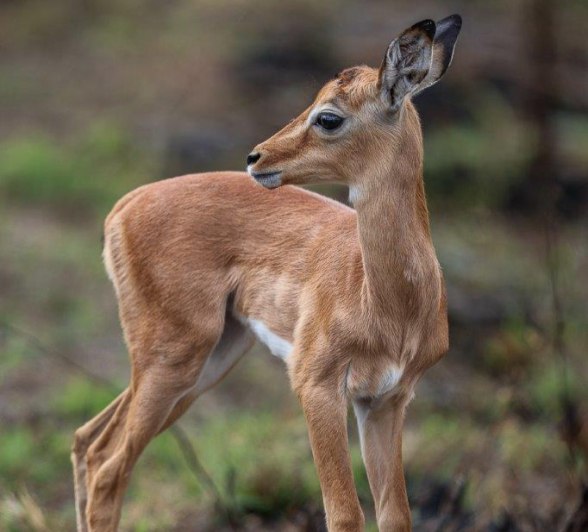
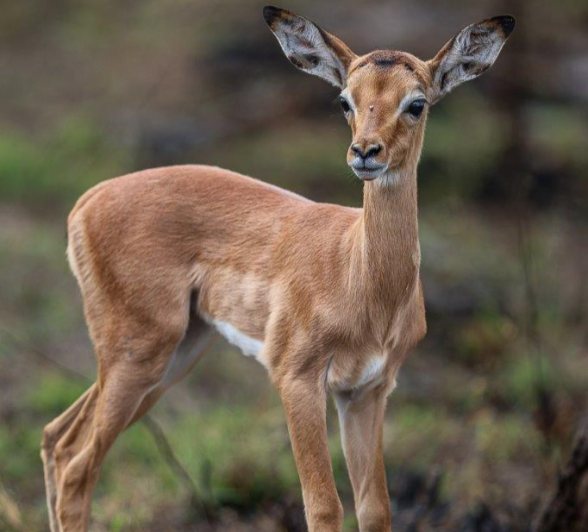
Blue wildebeest have a survival rate that is very similar to that of impalas, which is also around 50%. We are also fortunate enough to have a high population of them ensuring their success.
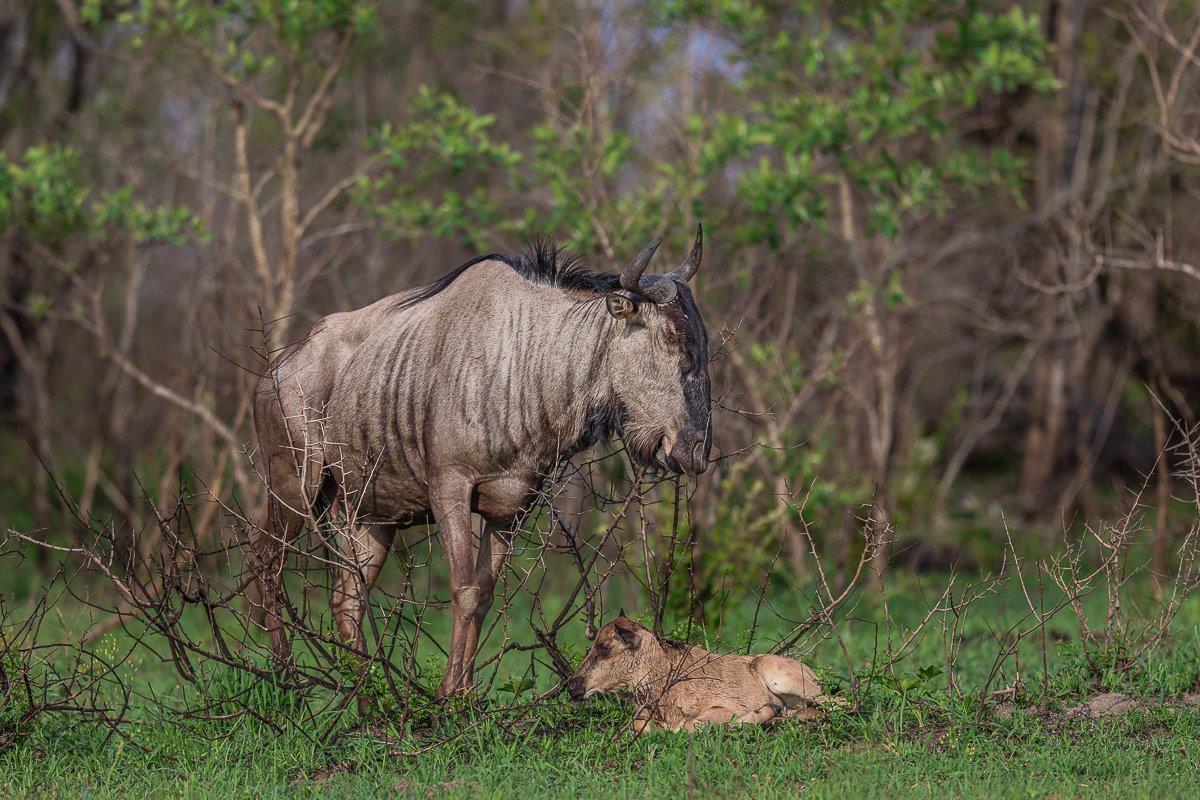
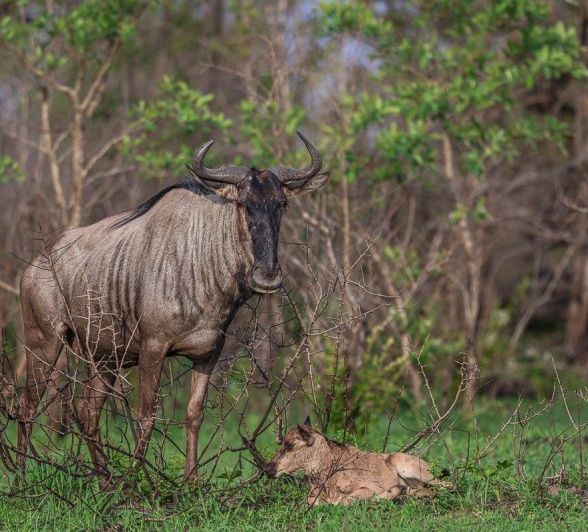
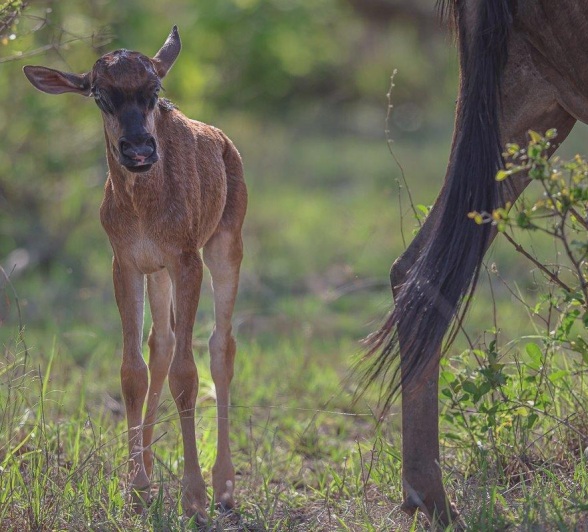
Both impalas and Blue wildebeest young are born precocial, meaning they are born very well-developed and can usually stand within about 10 minutes after birth and start following the herd within 20 minutes after birth. Impalas are often seen leaving the herd to give birth, trying to ensure the safety of the young and allowing it to take its first steps before being introduced to the rest of the herd. Blue wildebeests will usually give birth while in the herd, relying on other members of the herd for safety.
Both these species usually only have 1 young at a time, with twins possible but not very common, allowing the mother to focus on her one youngster and trying to ensure survival.
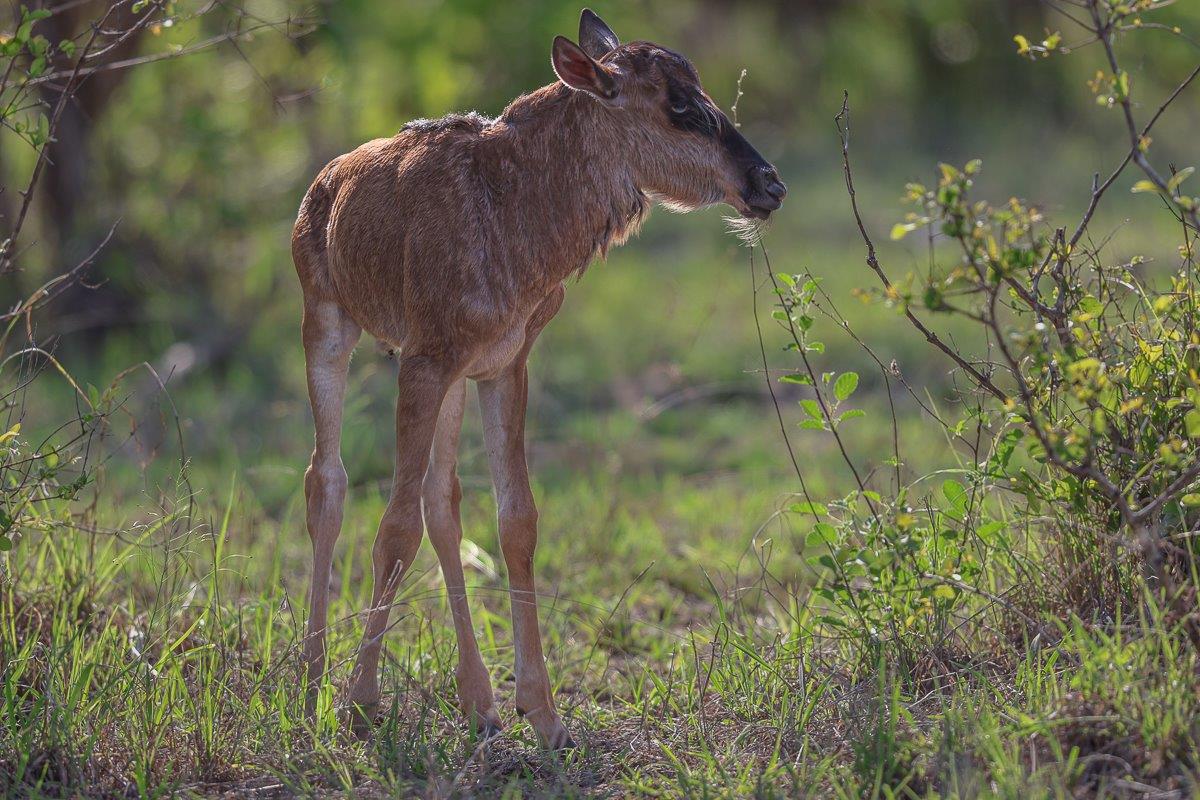
Unfortunately, warthogs are one species with a notably low survival rate, around just 20%. Many wonder how they manage to survive despite such a low rate, but warthogs have a remarkable strategy for reproduction. They can give birth to up to 8 piglets at a time. Typically, warthogs give birth in underground burrows, where they keep their vulnerable piglets hidden from predators. The sow ventures out to feed during the early morning and late afternoon, spending the rest of the day nursing her young in the safety of the burrow. Warthog piglets are precocial at birth, well-developed but weighing only 500-700 grams, making them easy targets for both aerial and ground predators. Despite the low survival rate, the large number of piglets they produce ensures that the population continues to thrive and grow.
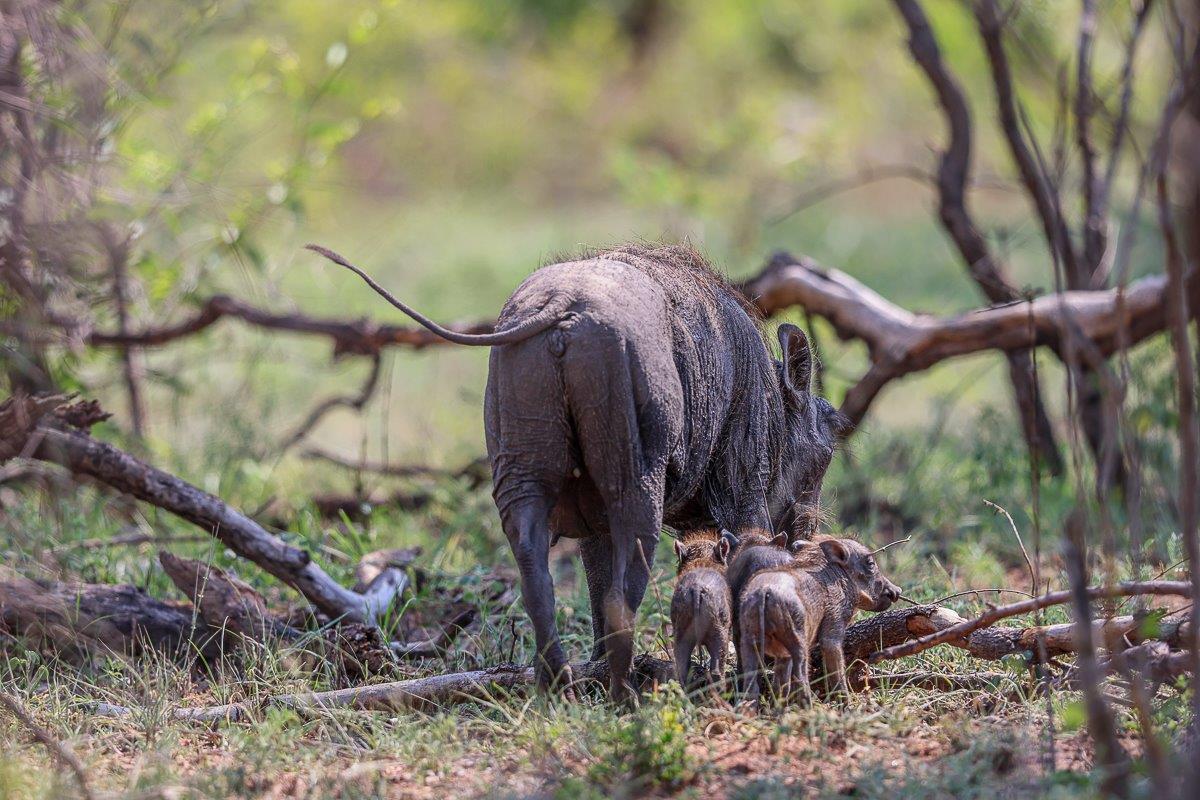
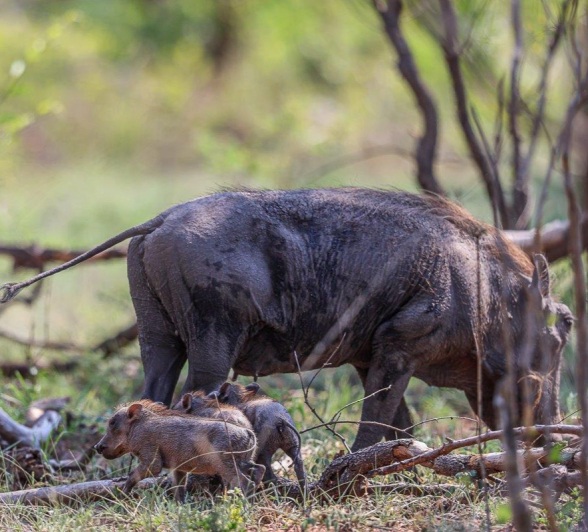
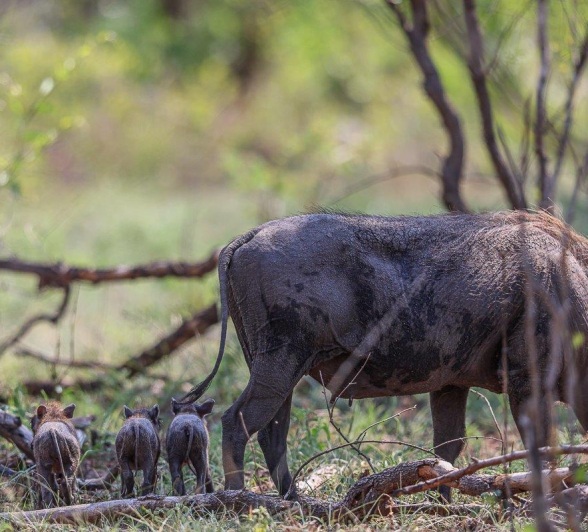
During this time of year, the abundance of young animals in our reserve attracts increased predator activity, ensuring there is never a dull moment on safari. It's a special sight to witness the youngsters growing into their bodies, but this also presents an opportunity for predators - ranging from large birds of prey to lions, leopards, cheetahs, and wild dogs - to take advantage and secure easy meals.
When young animals become separated from their mothers or herds, they often freeze, confused and unaware of the dangers around them. Lacking the experience to recognise threats, they become vulnerable and easy prey for predators.
While the circle of life can be difficult to watch, it is part of a larger chain of events. Even though young animals may fall prey to predators, these same predators also have their own young to feed and protect. In the grand scheme of nature, everything is interconnected, working together for the greater good of Mother Nature.
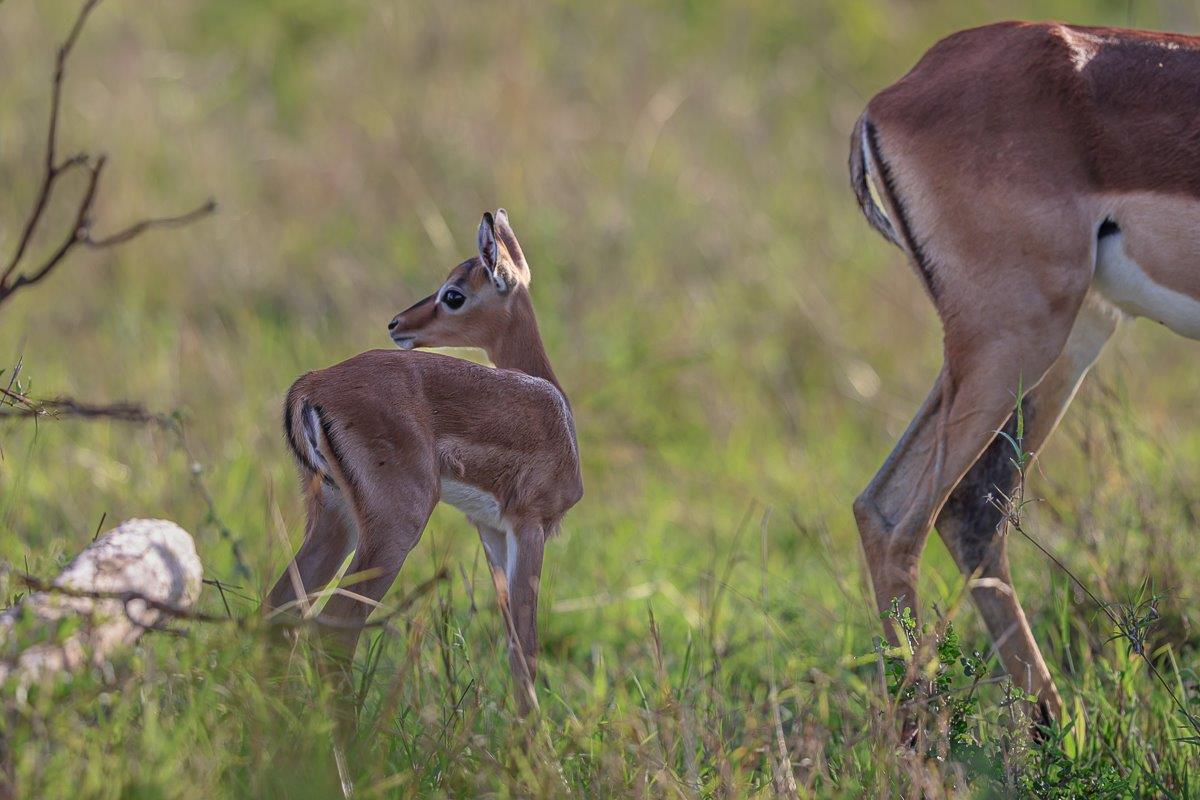
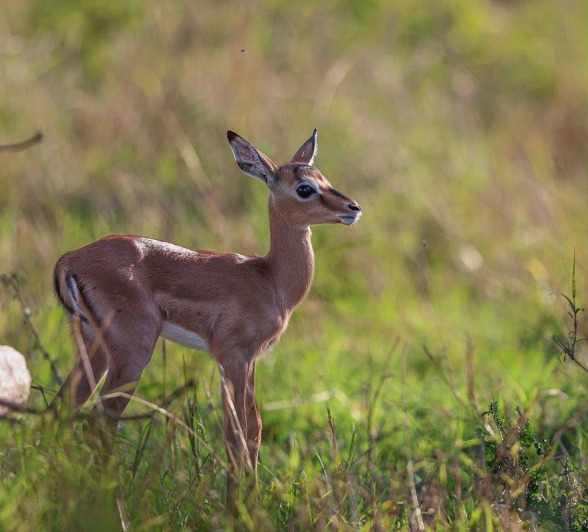
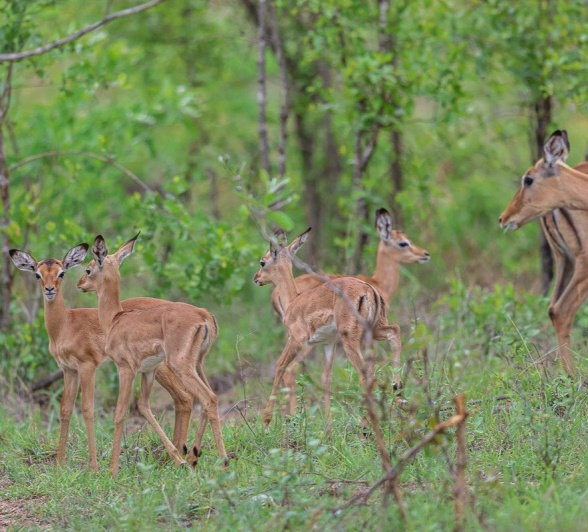
As these youngsters are born, they first try to suckle from their mothers after they manage to stand and walk. This immediately puts pressure on the mother’s body as she needs all the nutrients and protein she can get; this is why most mammals eat their placenta after birth. The placenta provides nourishment for the mother but also contains molecules that can help with pain relief, the placenta also contains hormones that help regulate lactation and facilitate the expulsion of the next young.
Nature is incredible and scary at the same time. When thinking of how quickly these animals can follow their herds after birth and how quickly they need to develop to survive, even the ones who don’t manage to survive also play a vital role in feeding predators as this ensures a healthy balance between species in our ecosystem.
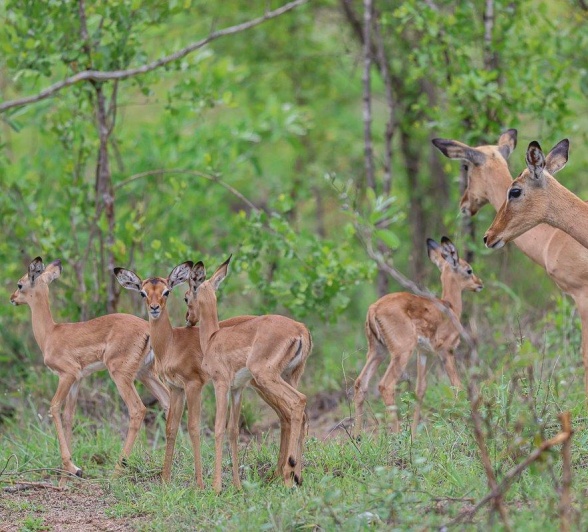
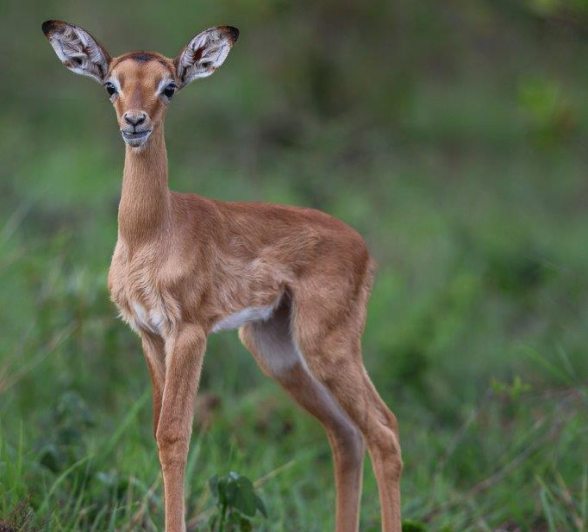
November/December months on safari can be extreme with weather conditions, from very warm temperatures to massive thunderstorms, but also with the beauty of the new little ones beginning their journey in the African bush.
Blog by Ruan Mey (Earth Lodge Ranger)







